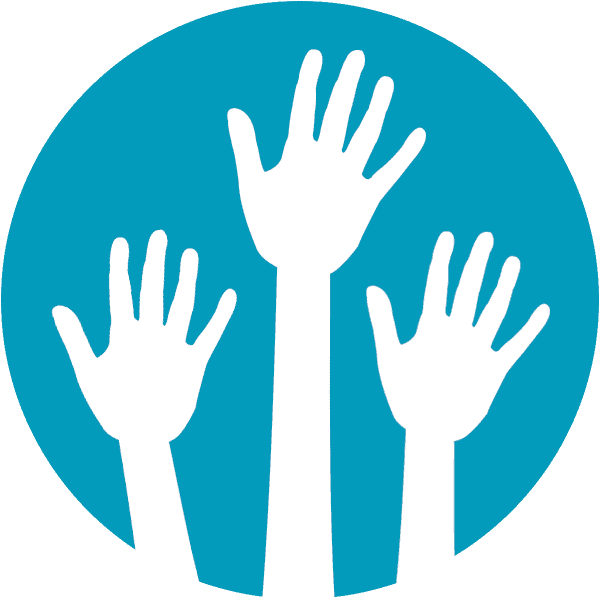Cervical Dystonia
Dystonia of the Neck
Cervical Dystonia is a specific form that affects the head and neck. Cervical dystonia produces excessive muscle contractions in the neck. These muscle contractions cause involuntary movements and awkward positions of the head, neck, and sometimes shoulders.
Cervical dystonia may cause the:
• Neck to twist or tilt to the side
• Head to tip forward or back
• Shoulder to elevate toward the ear
• Neck to shift away from the midline
of the body
Cervical dystonia is among the most common forms of dystonia seen in movement disorder clinics.
Cervical dystonia is sometimes referred to as spasmodic torticollis.
Cervical dystonia may cause sustained head postures, and/or abrupt, jerking head and neck movements. Many individuals have a combination of sustained and jerky movements. Jerky movements may resemble a tremor, and sometimes dystonia may be confused with essential tremor.
Up to 75% of people with cervical dystonia experience pain in the neck and shoulder area. Headaches are also frequently reported. It is not unusual for individuals with cervical dystonia to have hand tremors.
Non-movement symptoms include depression and anxiety disorders.
Botulinum neurotoxin injections are typically the first line treatment for cervical dystonia. The injections are given intramuscularly, often with electromyography (EMG) or ultrasound guidance, and must be repeated every three to six months.
Several oral medications have demonstrated some benefit, but no single drug has proven effective for a majority of patients.
Surgical procedures such as deep brain stimulation or selective denervation may be recommended in select cases.
Individuals with cervical dystonia may be at increased risk for depression and anxiety disorders, so addressing emotional and mental health may be an important part of the treatment strategy. Gentle physical therapy with a physical therapist who specializes in neurological disorders may preserve/improve range of motion and help reduce pain. For some individuals, specially constructed cervical braces may be useful to improve position of the head and/or serve as a substitute for a sensory trick.
Complementary therapies may be explored, and regular relaxation practices can improve discomfort, pain, and general well being.
The type of subspecialist with the expertise to diagnose and treat dystonia is typically a neurologist with special training in movement disorders. Certain doctors of osteopathic medicine (DO) and otolaryngologists (ENT) may also have expertise in treating cervical dystonia, depending on their training and experience.
Symptoms usually plateau and remain stable within a few years of onset. The symptoms, however, may continue to change or fluctuate in severity over time. In approximately one-third of people with cervical dystonia, the symptoms spread to nearby body areas such as the face, jaw, shoulder, and/or arm.
Cervical dystonia symptoms are often partially relieved by a “sensory trick” (also known as geste antagoniste) such as gently placing a hand on the chin, other areas of the face, or back of the head. A person with isolated (primary) cervical dystonia is more likely to respond to
a sensory trick then someone with acquired (secondary) cervical dystonia.
Living well with cervical dystonia is possible.
The early stages of onset, diagnosis, and seeking effective treatment are often the most challenging. The symptoms may vary from mild to severe, and symptoms often fluctuate from day to day. Cervical dystonia often causes significant physical pain and fatigue. Individuals may have to learn new ways to accomplish daily tasks.
Individuals living with dystonia are strongly encouraged to:
• Seek out the best medical care.
• Educate yourself about dystonia and
treatment options.
• Develop a multi-layered support system of support groups, online resources, friends, and family.
• Seek expert mental health professionals to diagnose and treat possible co-existing depression or anxiety disorders.
• Investigate complementary therapies.
• Get active within the dystonia community.
Cervical Dystonia Webinar




